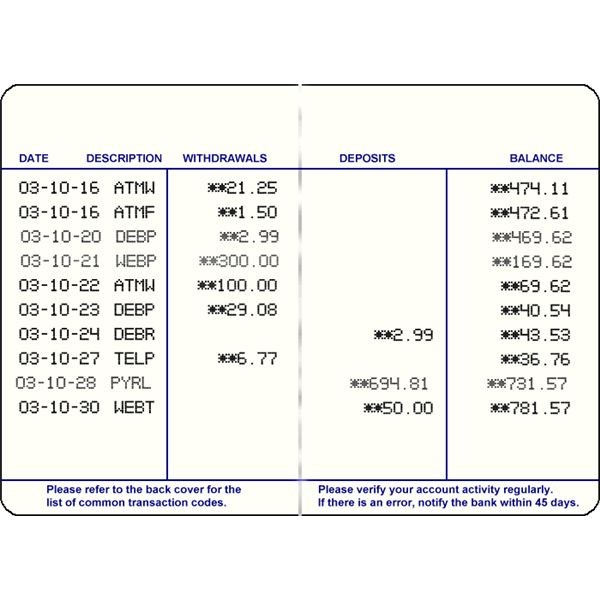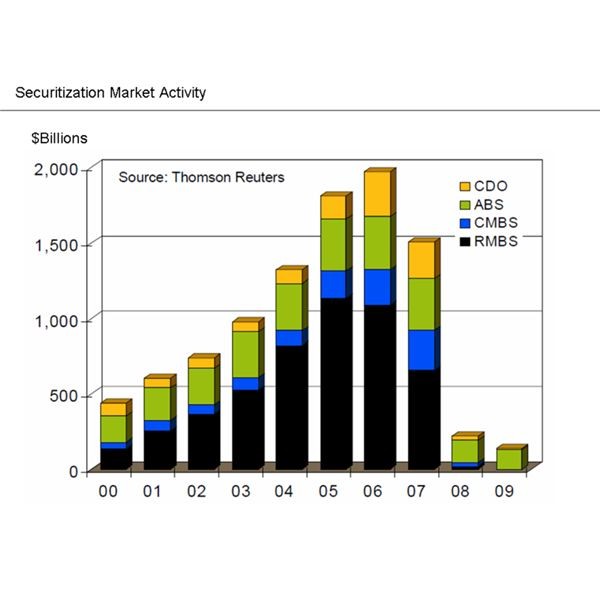EBITDA Versus Cash Flow Comparison and Analysis
Post on: 3 Июль, 2015 No Comment

EBITDA is one of the most deceptive and overused financial terms in business and investment finance. In a weak attempt to create a level playing field between two comparable companies in the same industry, EBITDA instead creates confusion by excluding important metrics like working capital changes. EBITDA cannot be used alone to create an accurate cash flow picture we need to move from EBITDA to actual cash flow.
In-Depth EBITDA Versus Cash Flow Explanation
EBITDA stands for Earnings Before Interest, Taxes, Depreciation, and Amortization. Let’s be sure that we are clear about each piece of this definition.
- “Earnings” uses net income from operations before any other income or expense, called net operating income or NOI.
- “Before Interest” is before interest expense but also before interest income. This is automatically excluded when talking about NOI, as is interest expense, so this part of the term is redundant.
- NOI is before “Taxes” so this is another redundancy in the acronym.
- “Depreciation and Amortization” expense are both typically included in the operating expenses. Depreciation is sometimes included in costs of goods sold or in both areas.
Weve reduced this acronym down to NOI minus depreciation and amortization expense or “NOIDA” (we love our acronyms).
This term, NOIDA, only shows a gross NOI from operations. The only other distortion would be officers’ salaries if they were too low or too high. What NOIDA gets at is operational expenses – or core operating expenses – per revenue dollar. But even this is misleading, as youll see below.
EBITDA is considered by some to be a placeholder for cash flow. In the past, EBITDA was considered to be an excellent way to compare equivalent cash flow between companies in the same industry. EBITDA would eliminate the distortions of holding too much cash, having too much debt, and varying depreciation methods employed (accelerated versus straight and higher goodwill due to acquisitions).

EBITDA as a financial tool is like a pitchfork masquerading as a shovel. Defenders of EBITDA speak to its ability to carry debt financing (for valuation metrics), making systematic comparisons of one company to another within an industry, but there are a few major problems with this approach.
First, EBITDA ignores all annual working capital changes in the business, which can fluctuate dramatically and are typically larger than the NOI. This is an essential element for a business to operate effectively and calculate cash flow.
Additionally, EBITDA ignores the actual capital expenditure needed each year to maintain the fixed assets that support the physical infrastructure of the business. This is another major determinant of actual annual cash flow for a company and cannot be ignored in comparisons.
And finally, we can’t forget taxes. Just because you have a large EBITDA does not mean the IRS is going to be as overjoyed as you are and tell you to ignore the payment of the income taxes for the year. Publicly traded companies average a tax rate of around 16 to 18% so this is a big adjustment to ignore before arriving at cash flow.
Using EBITDA as a substitute for actual cash flow is like using a multiple of revenues to determine value of a company – it is just too gross of a figure to determine much of anything in today’s world of finance.
EBITDA Versus Cash Flow Example
If youve purchased a house before, or even just shopped around, you have undoubtedly noticed that similar houses can command drastically different prices based on a number of factors. Lets say we tried to compare a set of houses based on a limited number of factors:
- Cost of the materials to built the house (adjusted to current prices)
- Value of the land by itself
- Square footage of the house
This set of numbers could be easily entered into a spreadsheet and some kind of valuation equation derived. Higher cost of materials combined with a higher land value and a larger house would equate to a more valuable home. On their own, these might give a basic comparison metric but were still not seeing the entire picture.
There are many, many factors that contribute to the appraisal of a home. What is the condition of the house and when was it built (hinting at potential maintenance costs)? What about surrounding features, both positive like a nearby body of water and negative like being in the flight path of an airport? How about amenities and upgrades?
Just like using actual cash flow instead of EBITDA for comparison, we use a complete appraisal and comparative prices to determine a homes value rather than a simple, limited sub-set.














